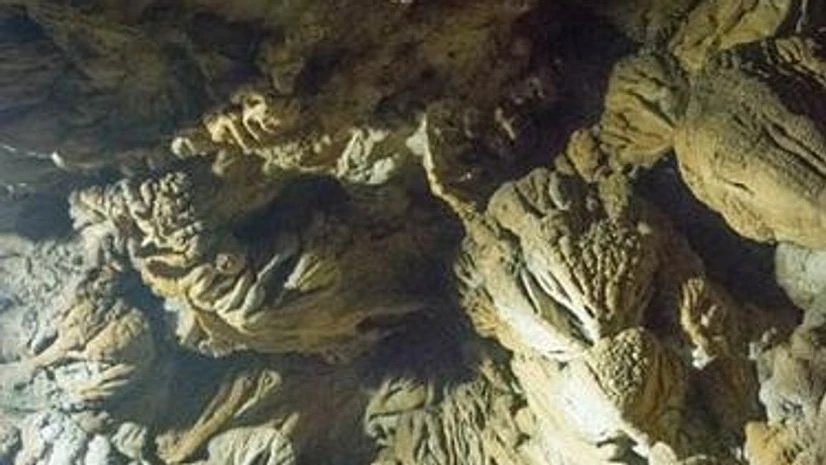Geologists have classified the last 4,200 years as being a distinct Earth age and are calling it a new chapter -- the "Meghalayan Age" -- the onset of which was marked by a mega-drought that crushed a number of civilisations worldwide.
The new classification came about after stalagmites on the floors of caves in the northeastern Indian state of Meghalaya were discovered that were considered as a significant proof for the latest distinction, the BBC reported on Wednesday.
Earth's existence of 4.6-billion-year is divided into slices of time. Each slice corresponded to significant happenings -- such as the break-up of continents, dramatic shifts in climate, and even the emergence of particular types of animals and plant life.
The current age in which we live is called the Holocene Epoch, which reflects everything that has happened over the past 11,700 years -- since a dramatic warming kicked us out of the last ice age, the BBC reported.
But the Holocene itself can be subdivided, according to the International Commission on Stratigraphy (ICS).
The ICS is the official keeper of geologic time and it proposed three stages be introduced to denote the epoch's upper, middle and lower phases. These all record major climate events.
The Meghalayan, the youngest stage, runs from 4,200 years ago to the present day. It began with a destructive drought, whose effects lasted two centuries, and severely disrupted civilizations in Egypt, Greece, Syria, Palestine, Mesopotamia, the Indus Valley and the Yangtze River Valley, the BBC report added.
Correction: #Greenlandian (11,700 yr b2k) #Northgrippian (8326 yr b2k) #Meghalayan (4200 yr b2k) - The Meghalayan extends to the present not to 1950.
— IUGS (@theIUGS) July 18, 2018
To win the classification, a slice of geological time generally has to reflect something whose effects were global in extent and be associated with a rock or sediment type that is clear and unambiguous.
For the famous boundary 66 million years ago that marks the switch in period from the Cretaceous to Tertiary, this "golden spike" is represented by traces in sediments of the element iridium. This was spread across the planet in the debris scattered by the asteroid that wiped out the dinosaurs.
For the Meghalayan, the spike is epitomized in specific chemical signatures, the finest example of which can be seen in the layers of stalagmites on the floors of caves in the northeastern Indian state of Meghalaya.
It was likely triggered by shifts in ocean and atmospheric circulation, the ICS said.
The Meghalayan Age is unique among the many intervals of the geologic timescale. Its beginning coincides with a global cultural event produced by a global climatic event, said Stanley Finney, Professor at Long Beach State University and Secretary-General of the International Union of Geological Sciences (IUGS), which ratified the ICS proposal.
The middle phase of the Holocene will be referred to as the Northgrippian, and runs from 8,300 years ago up to the start of the Meghalayan. The onset for this age was an abrupt cooling, attributed to vast volumes of freshwater from melting glaciers in Canada running into the North Atlantic and disrupting ocean currents.
The oldest phase of the Holocene -- the exit from the ice age -- will be known as the Greenlandian.
The International Chronostratigraphic Chart, the famous diagram depicting the timeline for Earth's history will be updated, the BBC reported.

)
